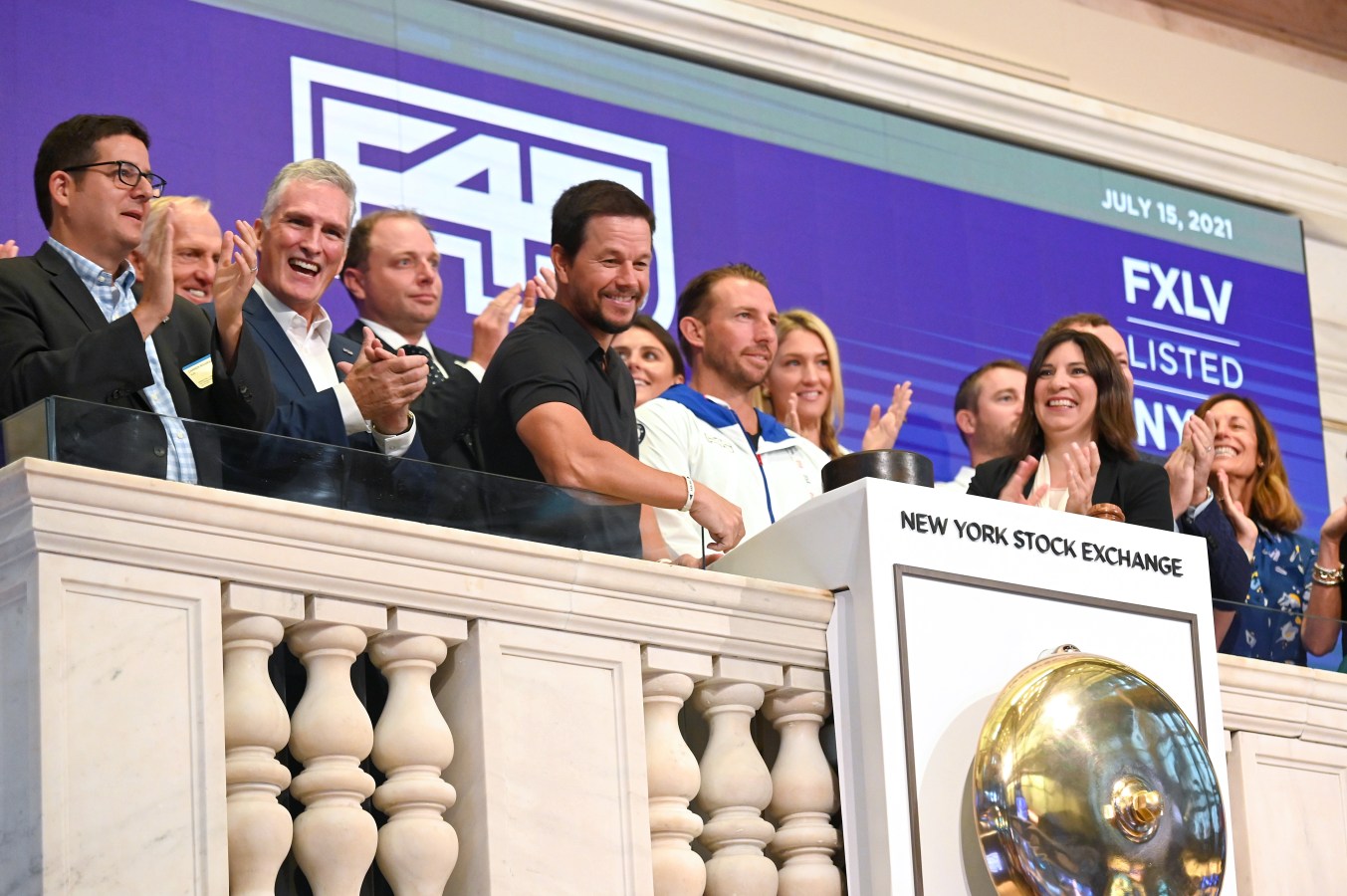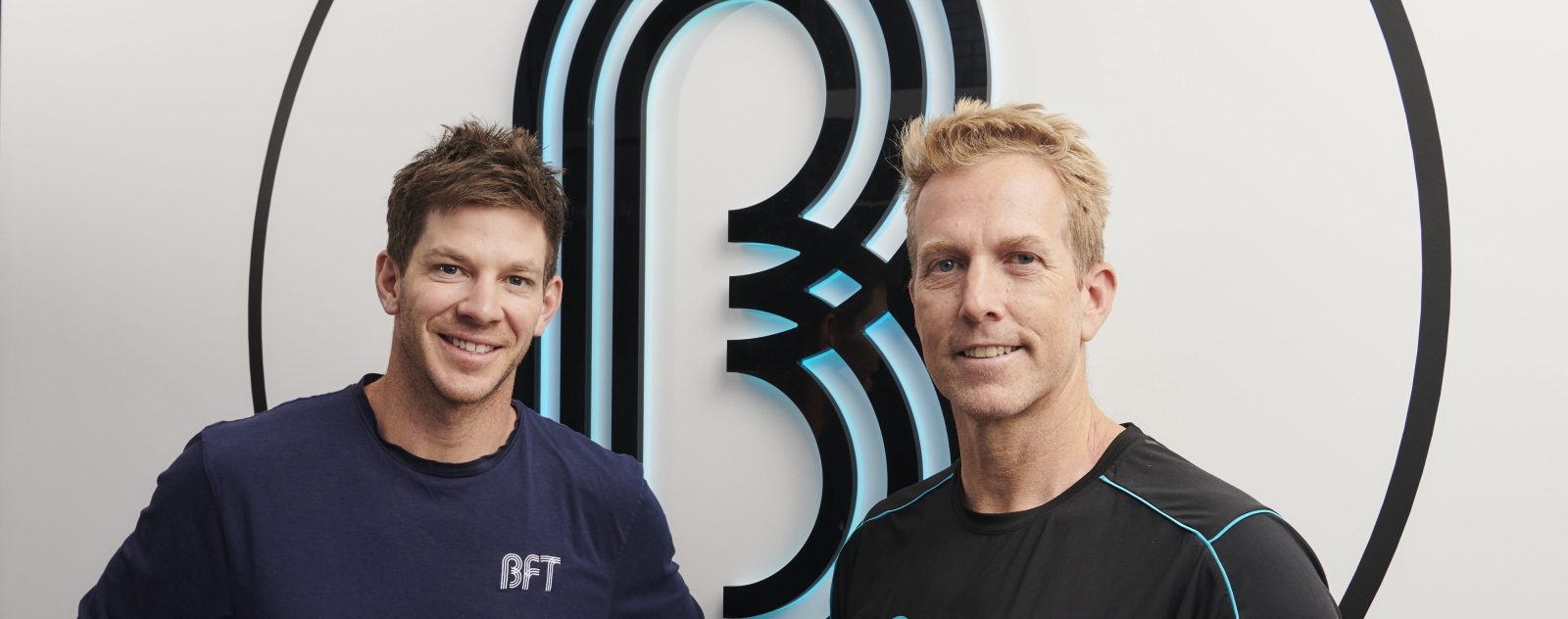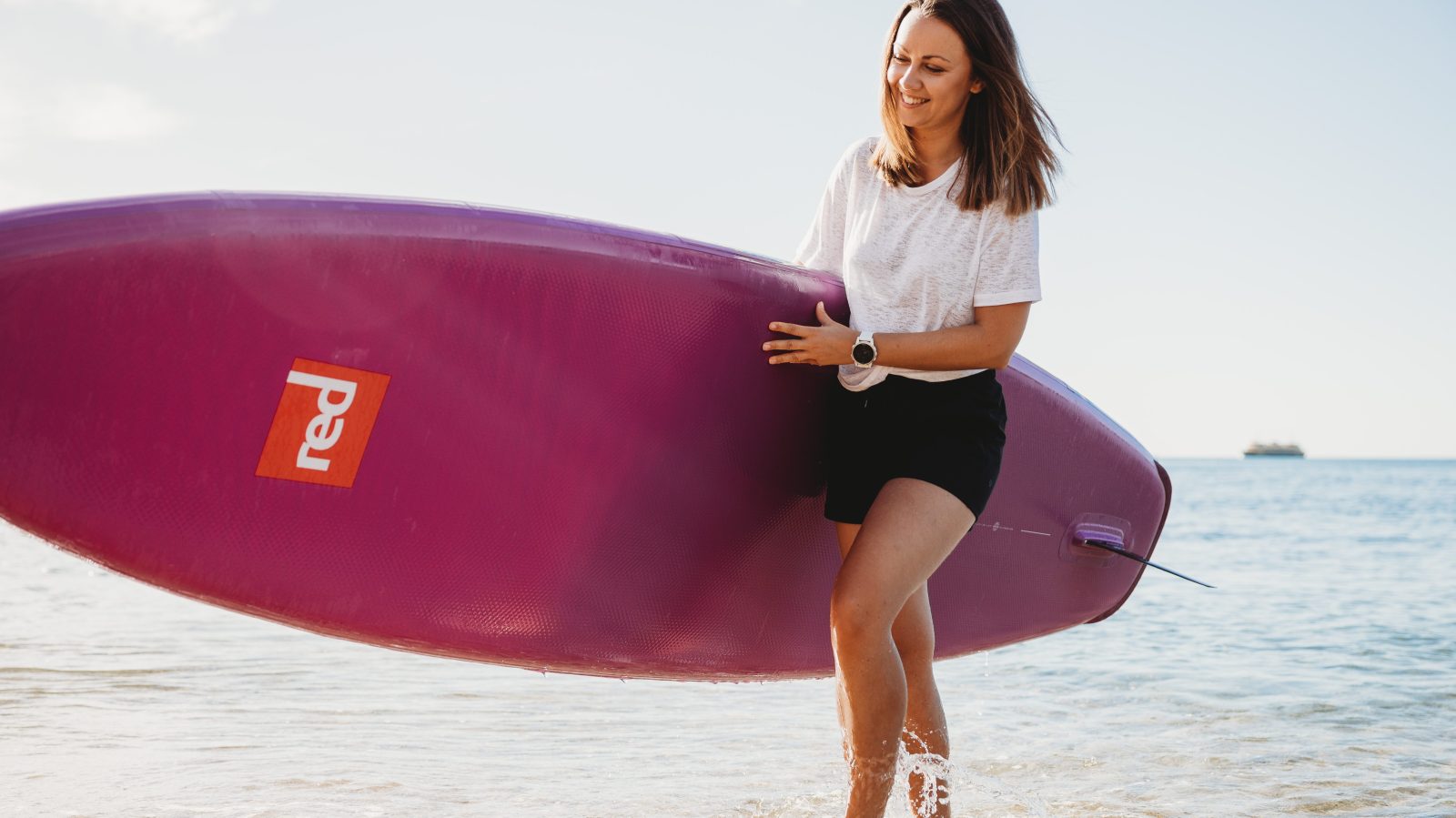Boxer Danny Green’s punt on boxing-based fitness is paying off as his franchise goes global.
Long before he got involved in UBX, boxer Danny Green’s father would tell the four-time world champ, “Mate, set things up for life after boxing before you finish boxing.”
So, towards the end of his career, in 2014, Green was busy setting up a couple of big-box gyms in his hometown of Perth, when he was approached by Tim West, an entrepreneur with a background in both gyms and tech start-ups. West had an idea.
“Tim said, ‘What do you think about the concept of mixing boxing and functional training? Boxing gives you your cardio, we’ll add some strength work, and we’ll use boxing as a skill so people can learn the art without getting hit.’” It would be done in a circuit, with each exercise a three-minute round, lasting 12 rounds like a championship fight. There’d be instructional videos, a centralised computer feeding in the customer’s heartrate. It would scale.
His idea had come from the question of why boxing, despite being so prevalent in exercise culture, had not scaled compared to boutique gym franchises like F45, Orange Theory and CrossFit, or the specialised stationary bikes of CycleBar.
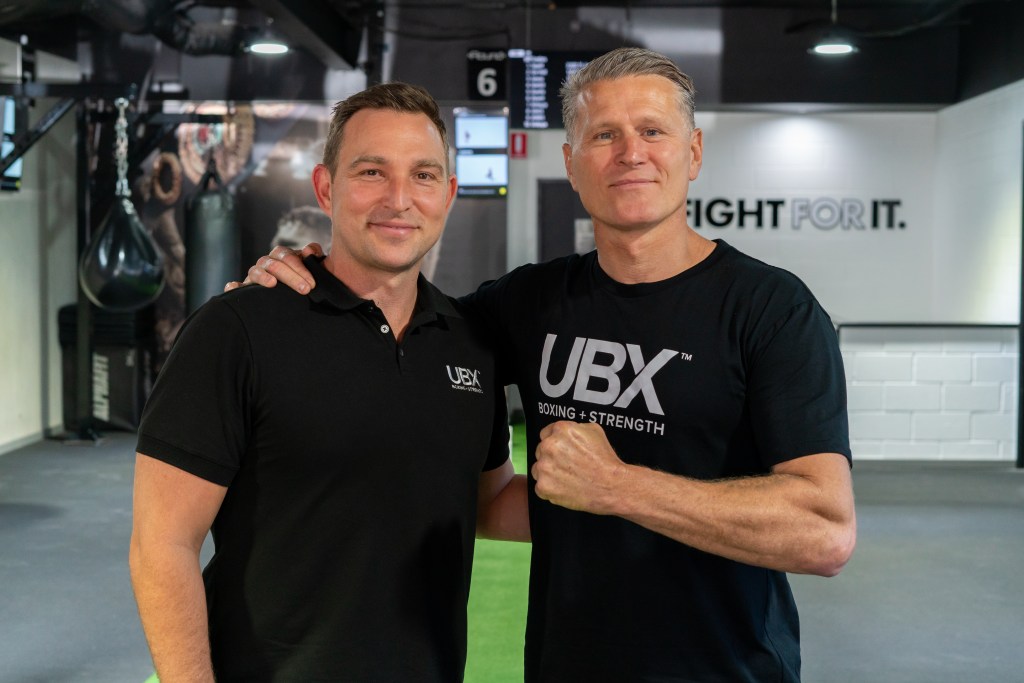
“I came down to the conclusion that boxing is intimidating and that the focus of boxing gyms is to get you in the ring in some way,” says West.
“Having a sports science background, I wanted to bring authentic boxing training, the kind a professional boxer would do, but without the expectation of getting hit. It was then that I was introduced to Danny, the most prominent boxer in the country.”
West only intended to consult with the champ. Green told him what he thought. And he told him he wanted in, as an investor.
“I said to Tim, ‘If we do this, it has to be authentic,’” recalls Green. “It’s exactly the same training I did preparing for world title fights and also in my off-peak training to keep my conditioning.”
They put the first conceptualisation inside Green’s gym, Green Zone, at Warwick, in Perth. “And it took off,” recalls Green. “People absolutely loved it. We realised, ‘Hey we’re onto something here.’”
West opened a pilot gym in his hometown of Brisbane in 2015, and in 2016 their first UBX (pronounced You Box) franchise opened. There are now 88 UBX gyms in Australia, New Zealand and Singapore, with another 17 licences sold. West, 41, is co-founder and managing director while Green, 49, is co-founder and director of boxing.
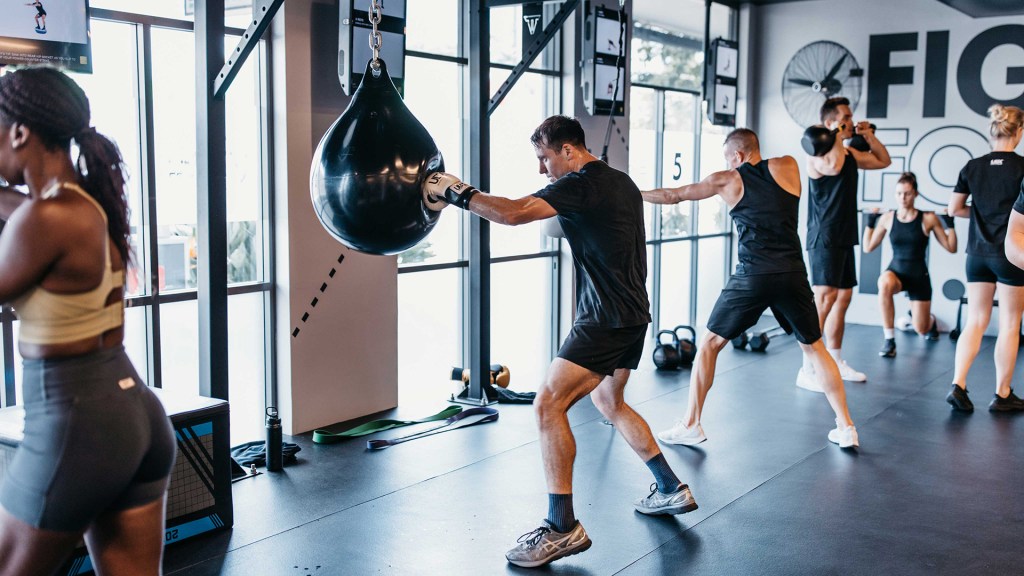
UBX last week signed a deal with a master franchiser in Japan committing to opening 145 gyms there. This followed a 250-gym master franchise deal in the UK in 2021 and a 10-gym deal in Ireland. UBX Manchester and Dublin are due to open in coming weeks to be the first in their respective countries. A deal is also due to be announced about the first entry into the US market in New York.
UBX’s move overseas follows other Australian-founded franchises F45, with 1745 gyms globally, and BFT, with 192. They’re all seeking a slice of the boutique fitness pie which is reported to be worth $49 billion globally.
West has a theory about why Australian gyms do so well: he likens the local business environment to altitude training for athletes.
“It’s got a very big spaces. It’s got a very small population, and it’s got very expensive staff. So if you’re creating a business in Australia that scales, it has to be efficient, effective and lean to survive. So that when you go to countries where the economics are different like, say, the US where staff costs – which are 50% of our operating expenses – are suddenly lower. These businesses just flourish, and they explode because they’re operating in an oxygen-rich environment.”
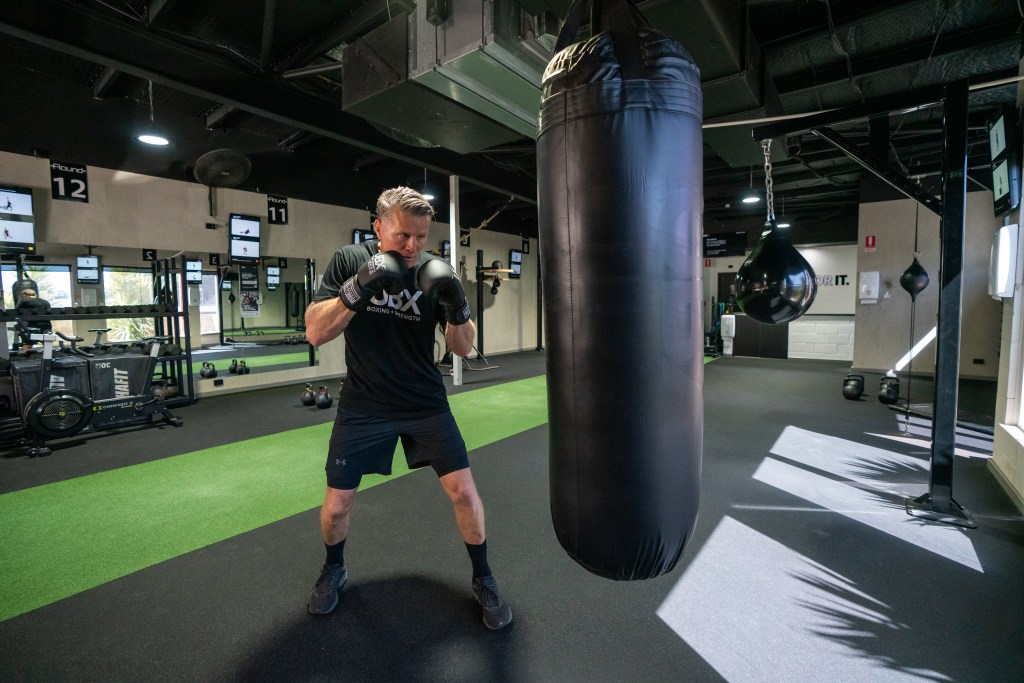
UBX has other advantages over the competition, says West. Whereas most fitness classes are based around timetables, UBX’s circuit is continuous. “UBX actually rolls everything three minutes, so you don’t book in for a class. You arrive and you start when the next round rolls around. Group fitness had a problem. For a lot of people a stress relieving exercise becomes a stress inducing activity because they’re running late or they forget to book.”
“We’ve got arguably the most efficient fitness business in the world, in terms of number of members per square metre.”
– Tim West
West doesn’t take credit for that idea. It was used by Curves, the female-only gym that became the biggest in the world with 10,000 franchises early this century before the company was split.
So why Japan?
West says that consumer behaviour follows sports success, and Japan has produced a lot of top fighters in recent decades.
“So Japan has an incredibly strong and proud boxing history and a combat-sport history. But the interesting thing is when we profiled Japan, it’s also very viable from an economics point of view because it’s got one of the largest fitness markets in the world and yet only 3% to 4% of the population have a gym membership.
“When you look at the history of exercise in Japan, it’s not about getting sweaty and throwing weights around. It’s about practicing a skill, a movement. And they get fit by doing and practicing the skill which is very similar to the UBX ethos.”
Japan has the third most expensive gym memberships in the world, according to West, and part of that is the huge cost of floor space. So the UBX model, which doesn’t require large racks of weights and rows of cardio machines – just 12 stations on a circuit – requires little space. “We’ve got arguably the most efficient fitness business in the world, in terms of number of members per square metre because of the rolling start times,” says West.
The largest boxing franchise in the world, Title Boxing Club, has 144 gyms open. Green and West intend to topple that number soon. But the business has been entirely funded internally. They’re now looking at options for raising capital to fund upcoming expansions into the US, Europe and Asia.
“We’ve taken a punt,” says Green. “We’ve invested back into the business ourselves because we know what we’ve got is the real deal. We’ve worked very hard to make what is the most authentic boxing-for-fitness business there is, and it’s the real deal. So we’re very, very particular about what we do in the future. We’re not going to jump into something and potentially make a mistake.”

